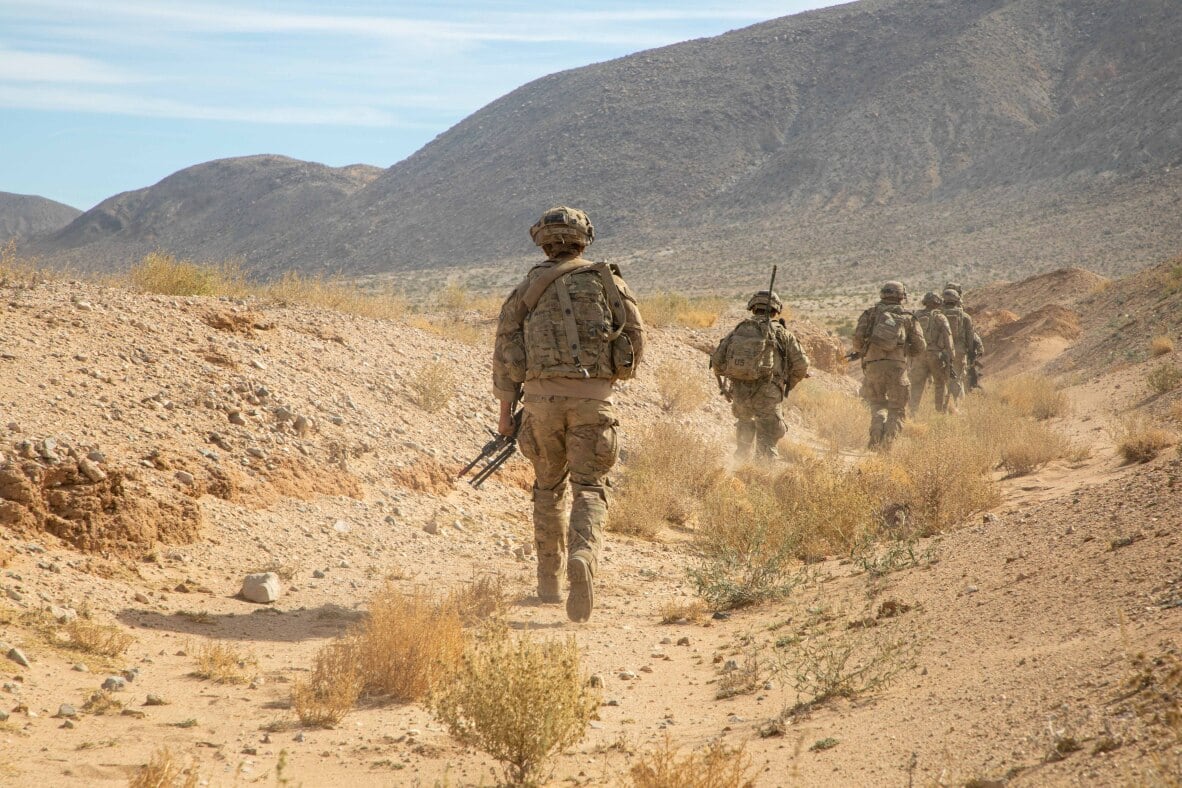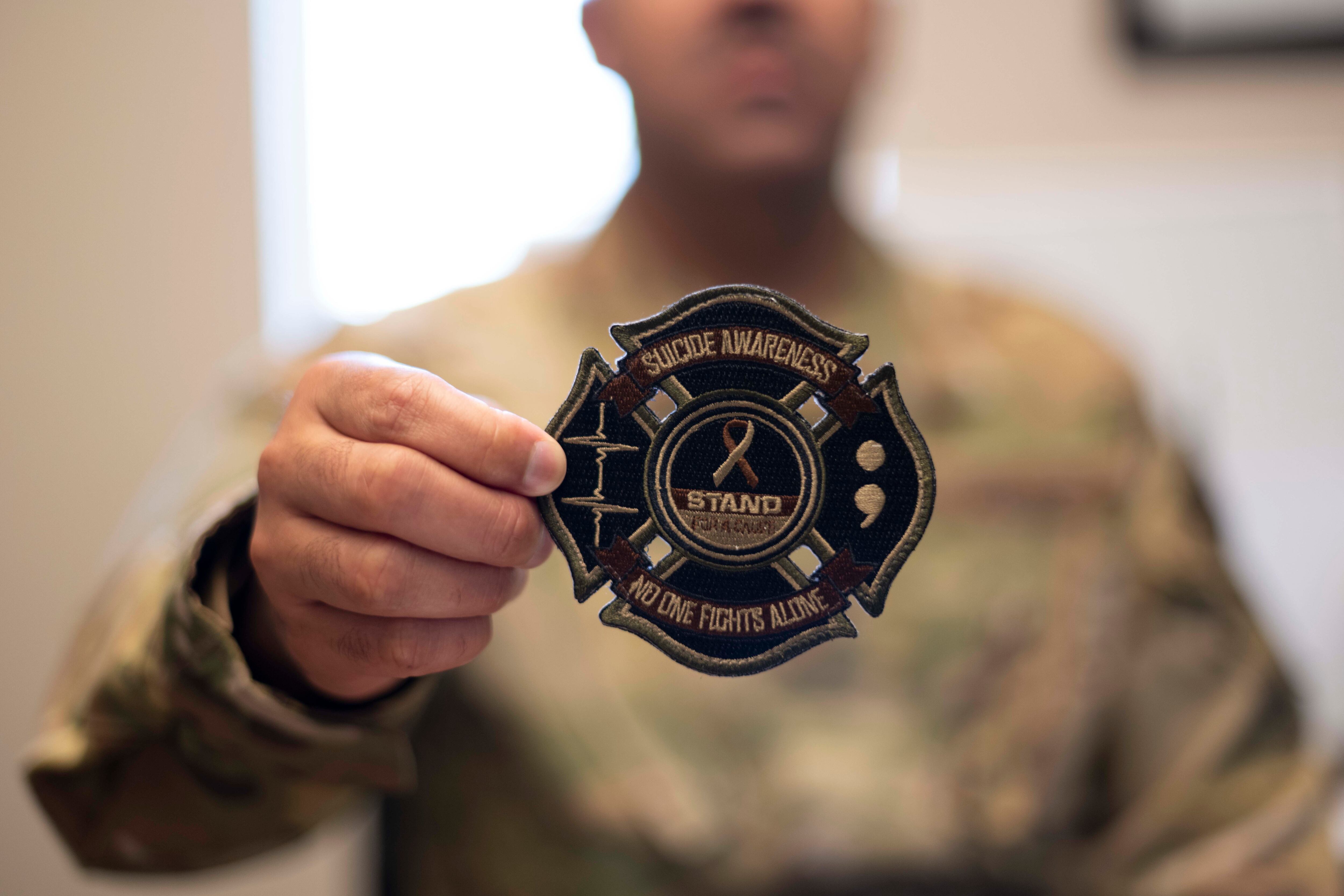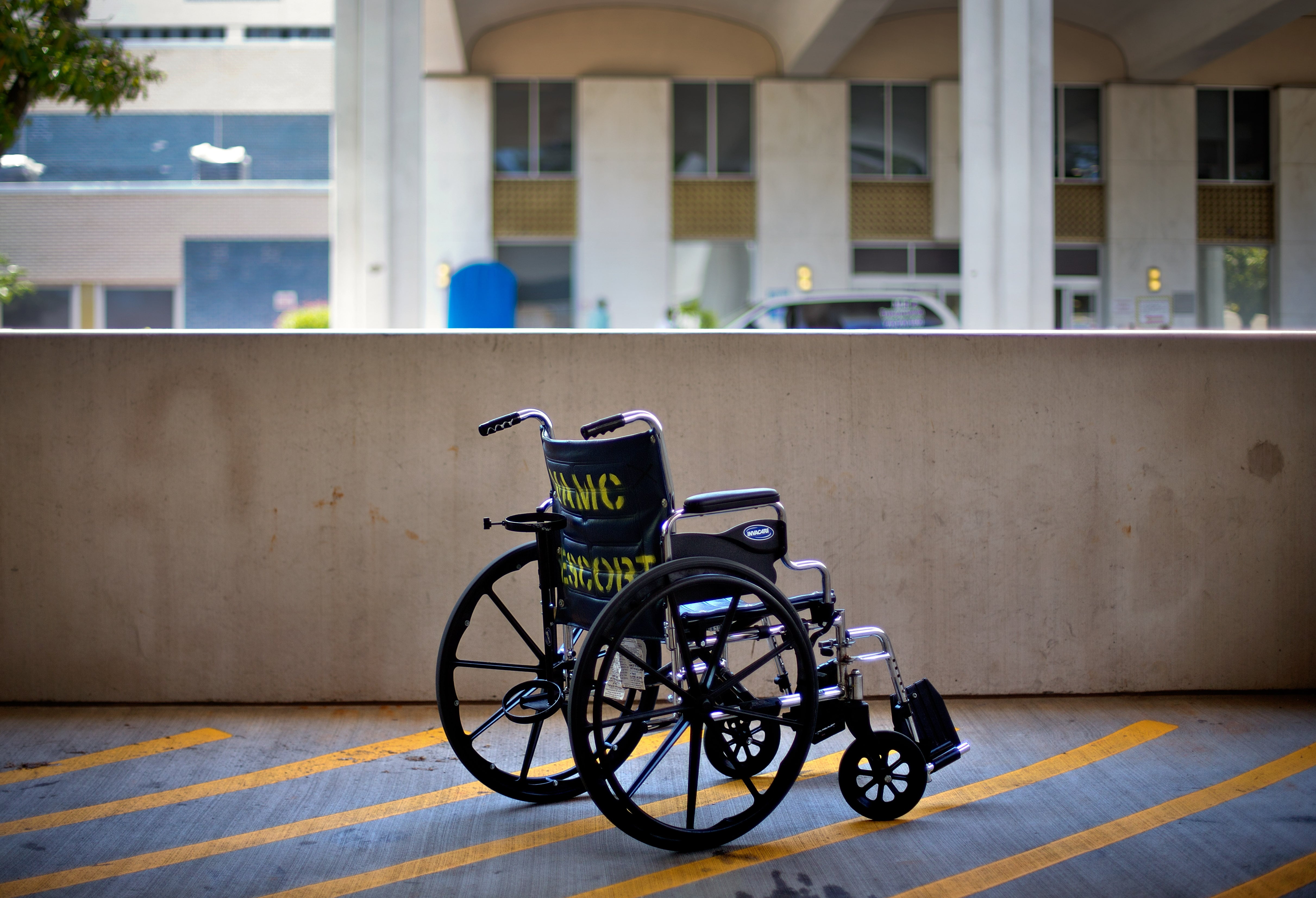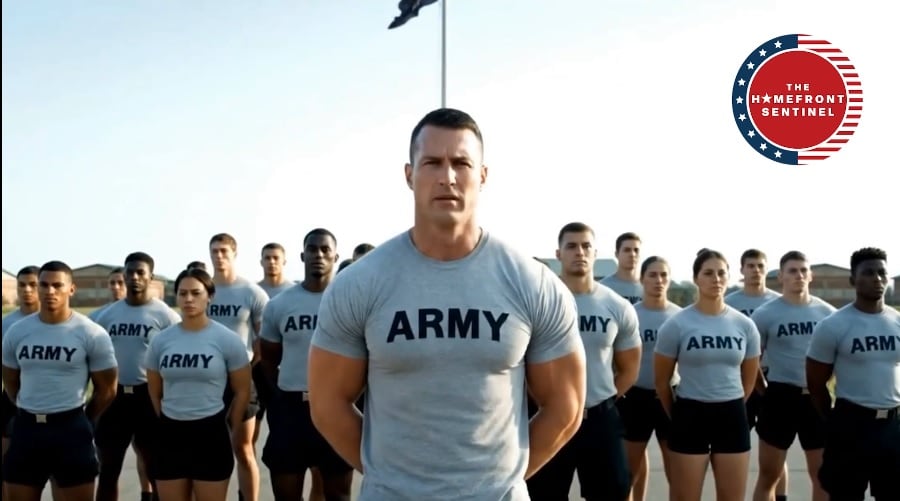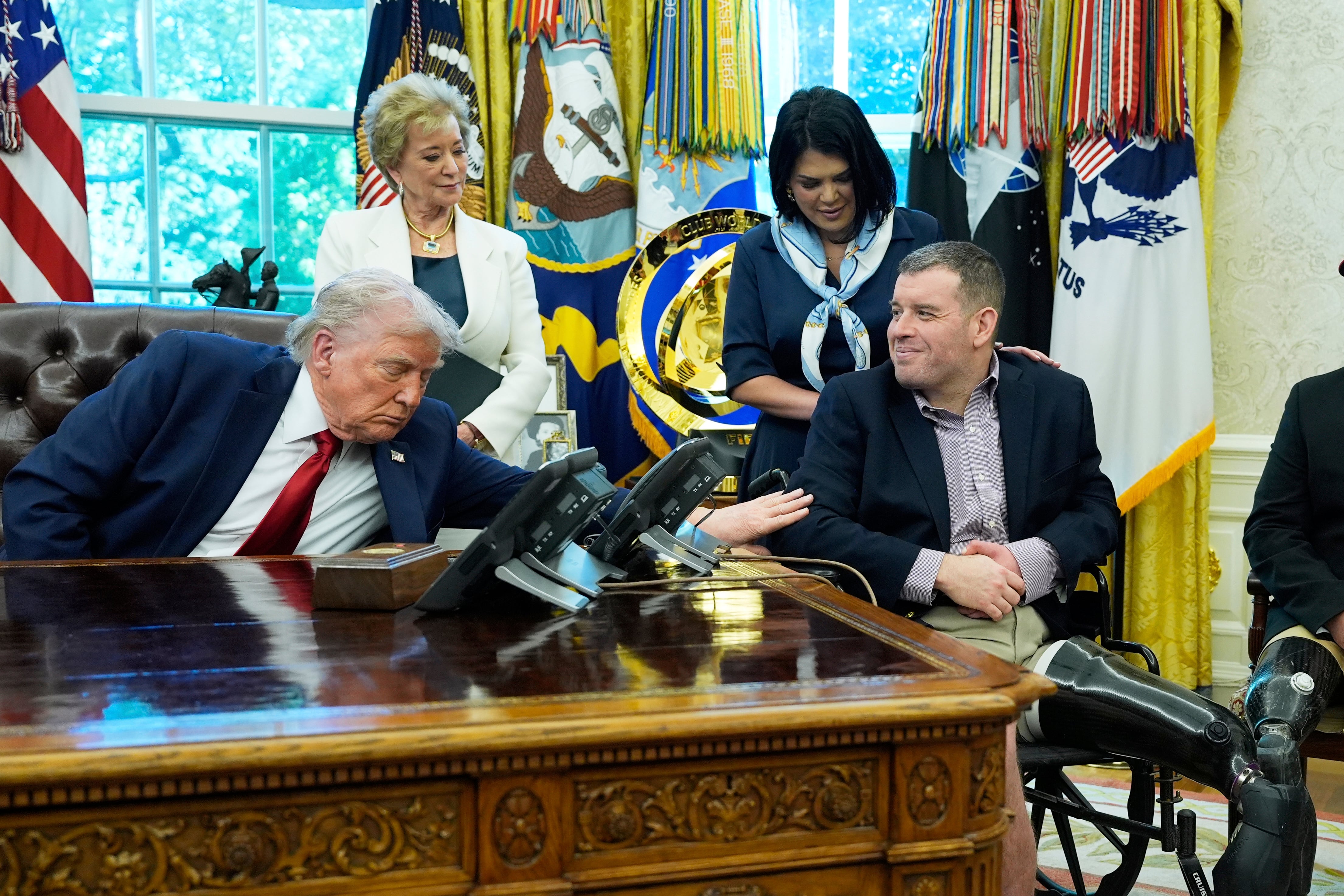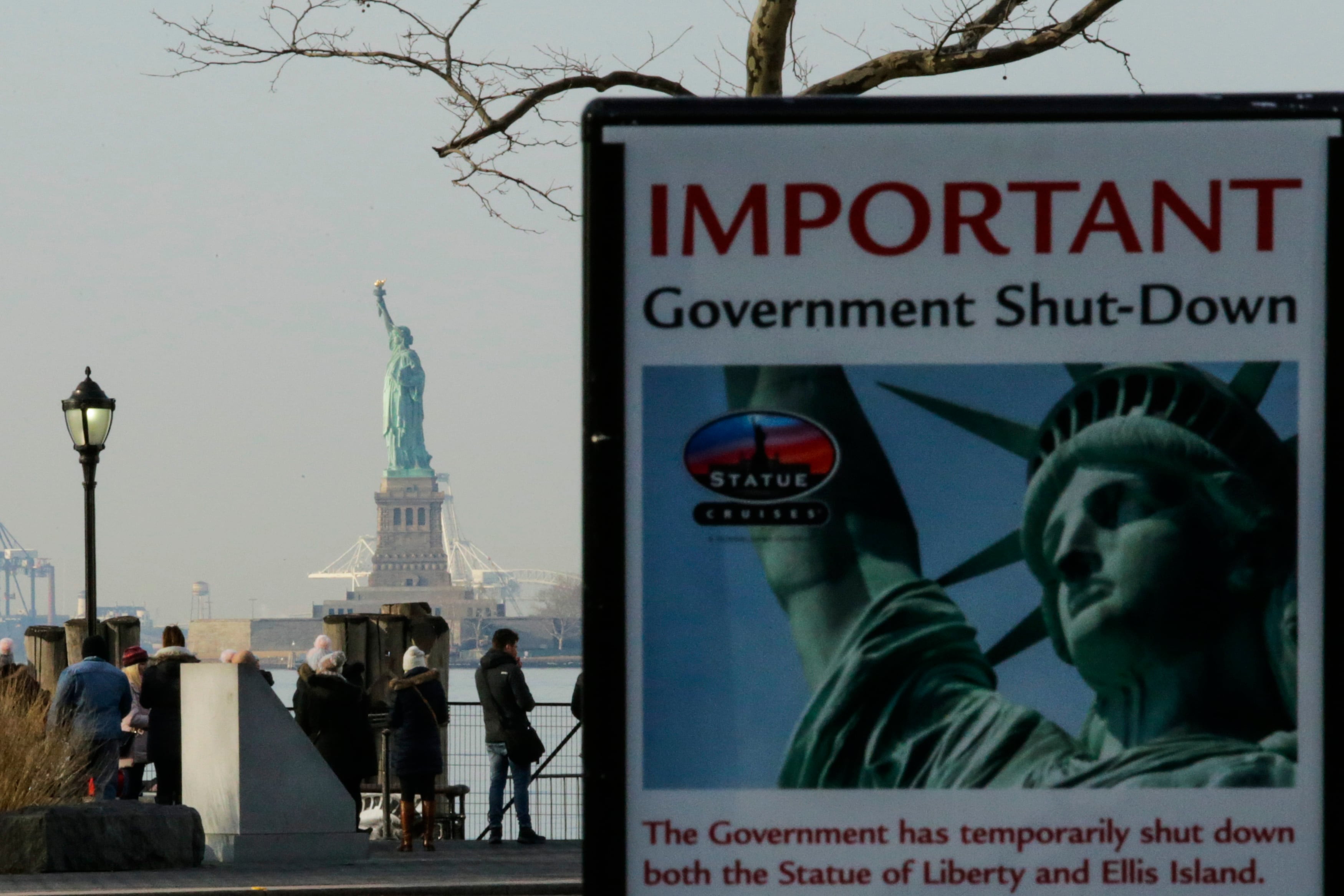Standing at the forefront of game-changing innovations in undersea warfare, Navy Cmdr. Scott Smith has only one small request.
Don’t call the Navy’s fleet of unmanned undersea vehicles “drones.”
“It has a negative connotation,” Smith said. “We think of drone strikes as taking out Taliban, and we’re nowhere near that.”
Not yet, anyway. But the Pentagon is trying quickly to get there.
Last fall, the Navy named Smith as the first-ever commander of the new Unmanned Undersea Vehicle Squadron 1, or UUVRON-1. It’s spearheading the service’s development and deployment of unmanned underwater vehicles.
Called UUVs, they’re are already being used for surveillance and to clear mines and map the ocean floor, according to Bryan Clark, a retired submariner who is now a senior fellow with the Center for Strategic and Budgetary Assessments.
RELATED
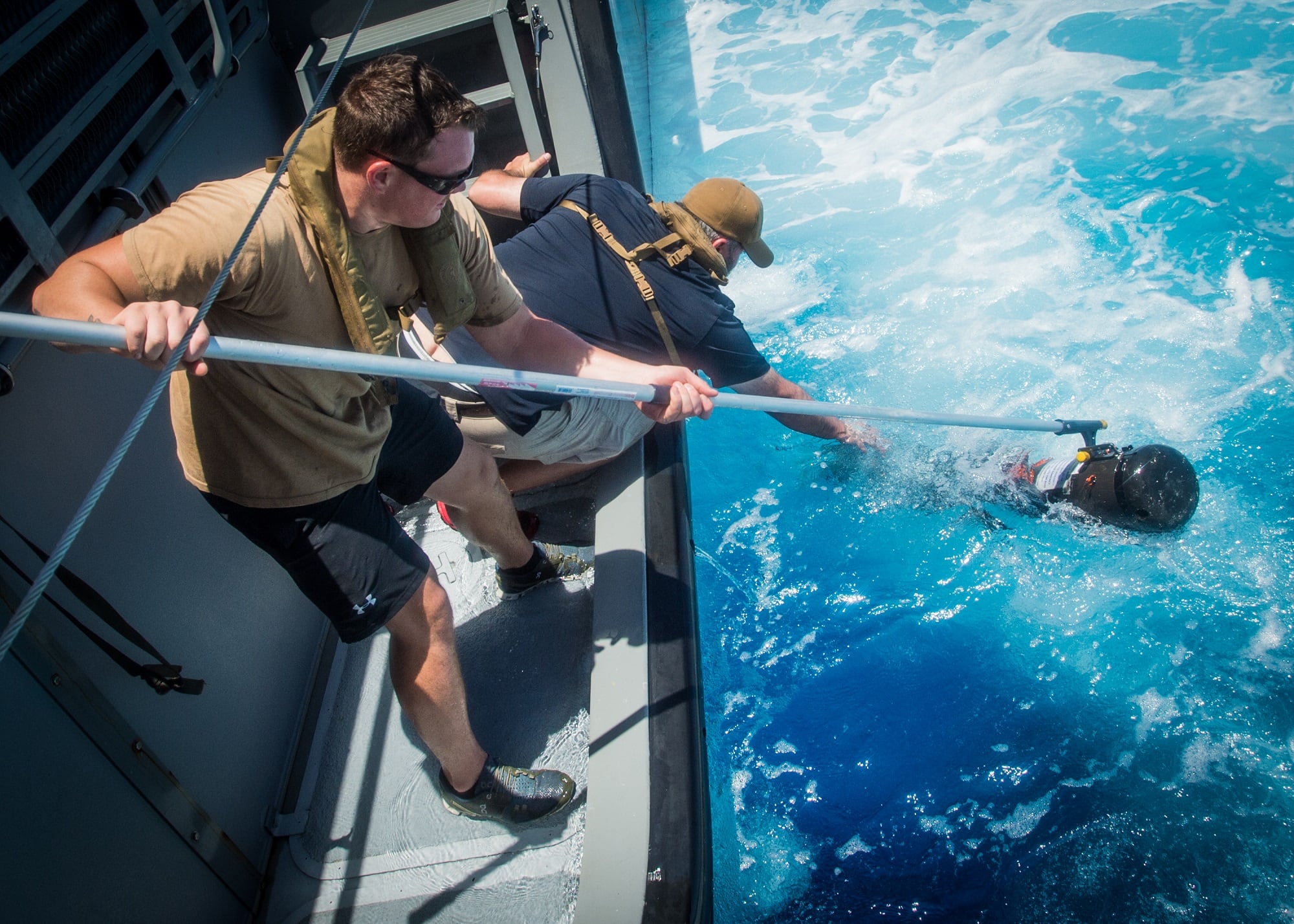
Clark predicts that over the next few years, more of these devices will enter the fleet to work alongside humans. There are even ongoing efforts to launch UUVs from Virginia-class submarines to conduct surveillance or deliver payloads.
He said that over the next decade sailors should expect to use the underwater robots to bring sonar arrays and mines to the seabed, launch torpedoes or become torpedoes themselves to destroy enemy warships.
Smith wants to see UUVs in all kinds of sizes to fill gaps in future missions.
“Those missions that are too dangerous to put men on,” Smith said. “Or those missions that are too mundane and routine, but important ― like monitoring ― we’ll use them for those missions, as well. I don’t think we’ll ever replace the manned platform, but we’ll certainly augment them to a large degree.”
Champions of underwater drones hope that they’ll help mitigate the looming submarine shortage, too.
The Navy’s 2016 Force Structure Assessment estimated that America needed 66 attack submarines to wage war or deter potential enemies, 14 more than what’s generally available for deployment.
When he helmed Pacific Command early this year, shortly before he retired to become the U.S. ambassador to South Korea, Adm. Harry Harris complained to Congress that the global fleet of American fast attack submarines continues to dwindle just as China and Russia launch increasingly larger numbers of lethal and quiet diesel and nuclear-powered boats.
He urged lawmakers to “resource properly” the continuing development of UUV technologies “to ensure they remain relevant and capable” in a new era of underwater warfare.
Developing cutting-edged undersea weapons is a top mission in “Torpedo Town, U.S.A.," the Naval Undersea Warfare Center in Keyport, Washington, where Smith’s squadron is headquartered.
To Smith, they’ve been building and testing torpedoes in adjacent Liberty Bay since World War II, making collaboration on futuristic robot weapons that much easier.
“We have engineers right here that can help us develop the technology,” Smith said.
“And the operators that actually deploy with these systems, we can take them right out to the water,” he added while motioning toward the bay. “It never freezes. So, we can work year-round, then come back to the engineers and say, the widget’s not working. So, our timeline to advance the technology is much better.”
Smith’s command is growing, too. He counted about 35 sailors earlier this year but he’s planning on growing the squadron to more than 100.
“Some of these young men and women may have never seen a UUV before,” he said. “So I have to figure out how to get them trained and serving the fleet as soon as I can.”
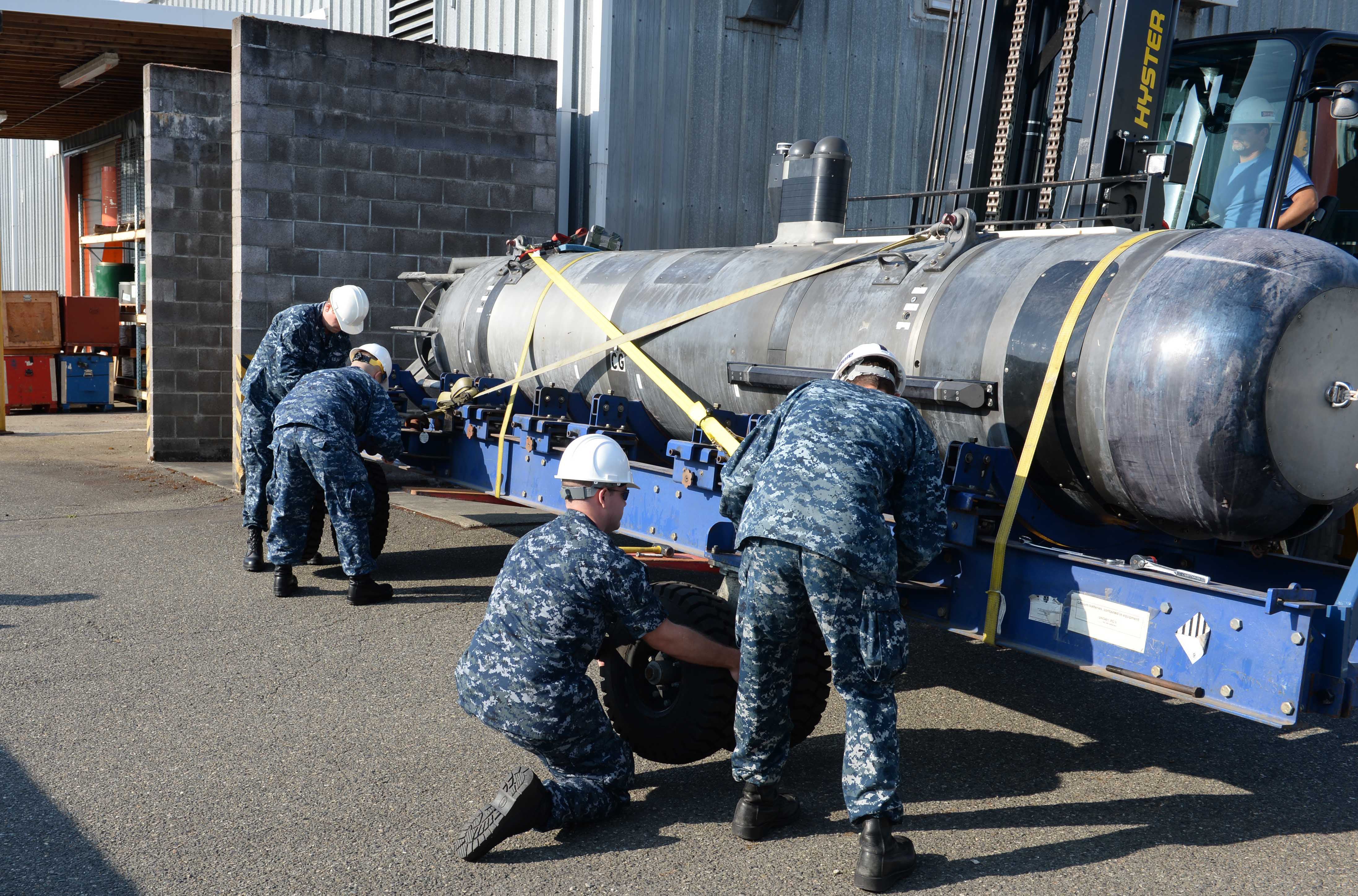
The plan is to get sailors here trained on specific underwater drones that can carry out unique missions. Then they’ll deploy together on a ship or submarine, like a military handler and a dog, minus the fur.
A submarine nuclear mechanic before taking command of the squadron, Smith said he wouldn’t be surprised to see a Navy rating for UUV operators in the coming years, but for now his ranks are filled mostly with second-term sonar technicians, fire controlmen and electronics technicians culled from the sub community.
For now, the plan is for them to practice on the small robots, developing new tactics before scaling up to larger devices when they’re perfected.
“If I break a $50,000 vehicle compared to a $2.1 million vehicle, I’ll have much less explaining to do,” Smith said. “There is enormous job satisfaction when they get the robot put together and get it out on some acceptance test or (initial operational capability).”
Unlike their peers flying aerial drones, Smith’s sailors can’t really drive their underwater vehicles by remote control yet. They plan and program missions for the UUVs and then recover them when they’re done.
“Once the UUV’s on mission, you don’t really have the chance to talk to it again,” unless you program it to surface at some point, he said.
A range finder will send “beeps and boops acoustically” for about 2,000 yards away, but then the robots are on their own.
“We joke that there’s better comms with the Mars Rover than a UUV on mission,” he said.
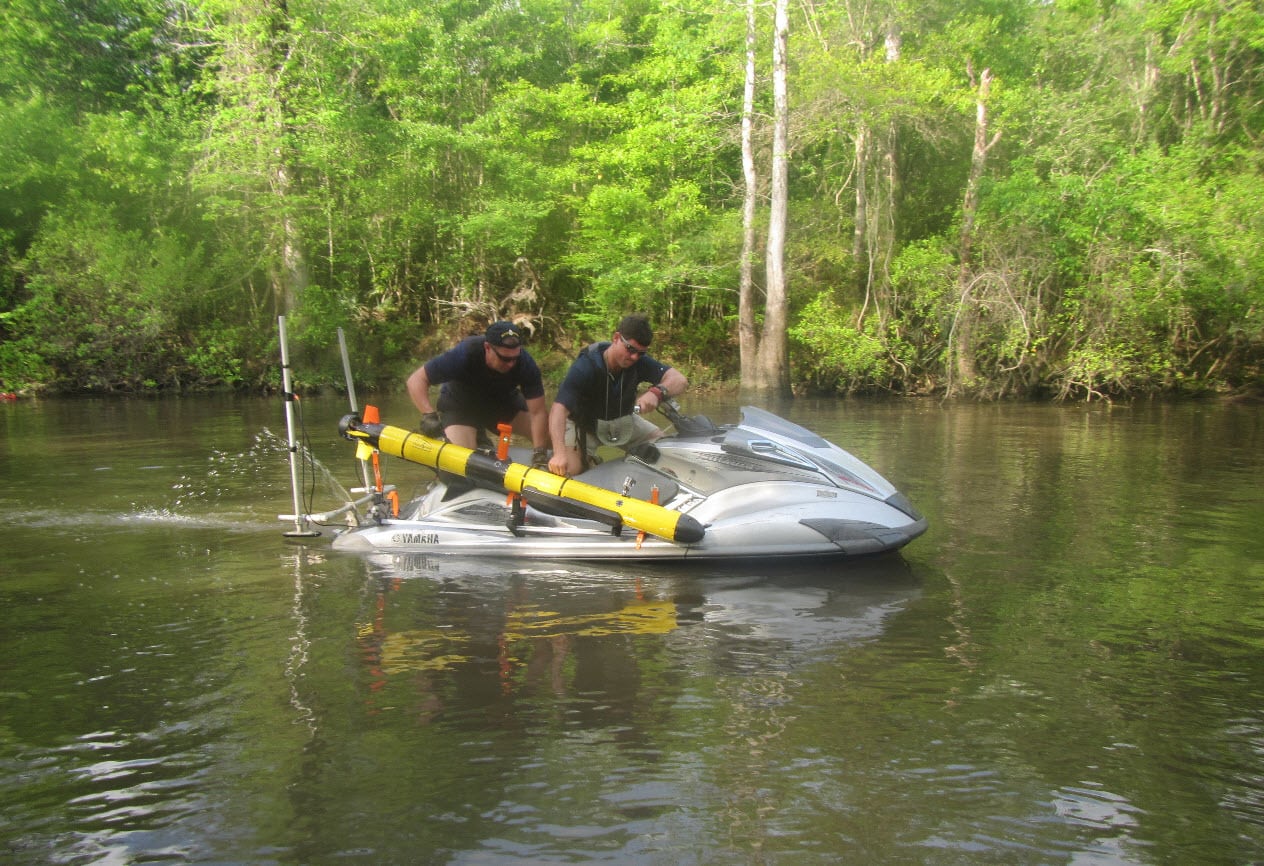
The good thing is that today’s UUVs can be programmed to abort a mission if they get into trouble, and advances in sensors and artificial intelligence should make the vehicles smarter in coming years, he added.
Clark at the Center for Strategic and Budgetary Assessments said researchers still have to overcome endurance, reliability and navigational problems. The Mk-18 Mod 2 Kingfish can only operate for about 24 hours, depending on how often the robot runs its sonar, he said, which isn’t enough time for persistent surveillance or standing underwater sentry duty with weapons.
The Navy wants battery-operated vehicles that can operate for a month or longer and Clark thinks they’ll get them over the next few years. New batteries being tested already allow small devices to go for several hundred hours at a time, he said.
Robot sensors need upgrades, too.
“If I asked you to go back to your car, you’d easily be able to walk back the way you came in,” Smith said by way of example. “If I put a bag over your head and spun you around three times, you’d have a hell of a time leaving this building. That’s how we equate the sensor piece.”
And they’ll have to be more affordable.
“Although UUVs can come up to the surface to get a GPS fix, this takes up more energy and GPS may be jammed in operating areas close to an enemy’s shores,” Smith said. “Therefore, a UUV might need an inertial navigation system like a submarine. Again, though, it cannot be expensive or else we start to lose the advantage of using a UUV.”
As they push a futuristic capability forward, Smith said the squadron also balances the concerns of civilian groups in the Pacific Northwest concerned about the impact of Navy operations on marine life.
Such a concern is not limited to underwater vehicles, and Smith said the squadron is “very environmentally conscious.”
Smith insists that his sailors are trained to halt exercises and recover the vehicle when they spot sea animals and the sonar they’re using won’t harm a mollusk. The energy the devices put into the water is equivalent to a civilian fish finder, he said.
For Smith and his sailors, the new age of underwater warfare isn’t without its foibles.
He recalled one day when his sailors were on the water, fiddling with a drone that wasn’t theirs. Whenever they tried to yank it from the water, it swam away.
That’s because it was equipped with technology designed to help it stay clear of vessels using the automatic identification system, or AIS.
“We didn’t know it had AIS avoidance turned on,” he said. “We’d drive the boat over to pick it up and it’d drive away.”
“It’s like, ‘hey you guys, pick the damn thing up!’” Smith recalled. “’Sir, we can’t, it keeps driving away.’”
Geoff is the managing editor of Military Times, but he still loves writing stories. He covered Iraq and Afghanistan extensively and was a reporter at the Chicago Tribune. He welcomes any and all kinds of tips at geoffz@militarytimes.com.


